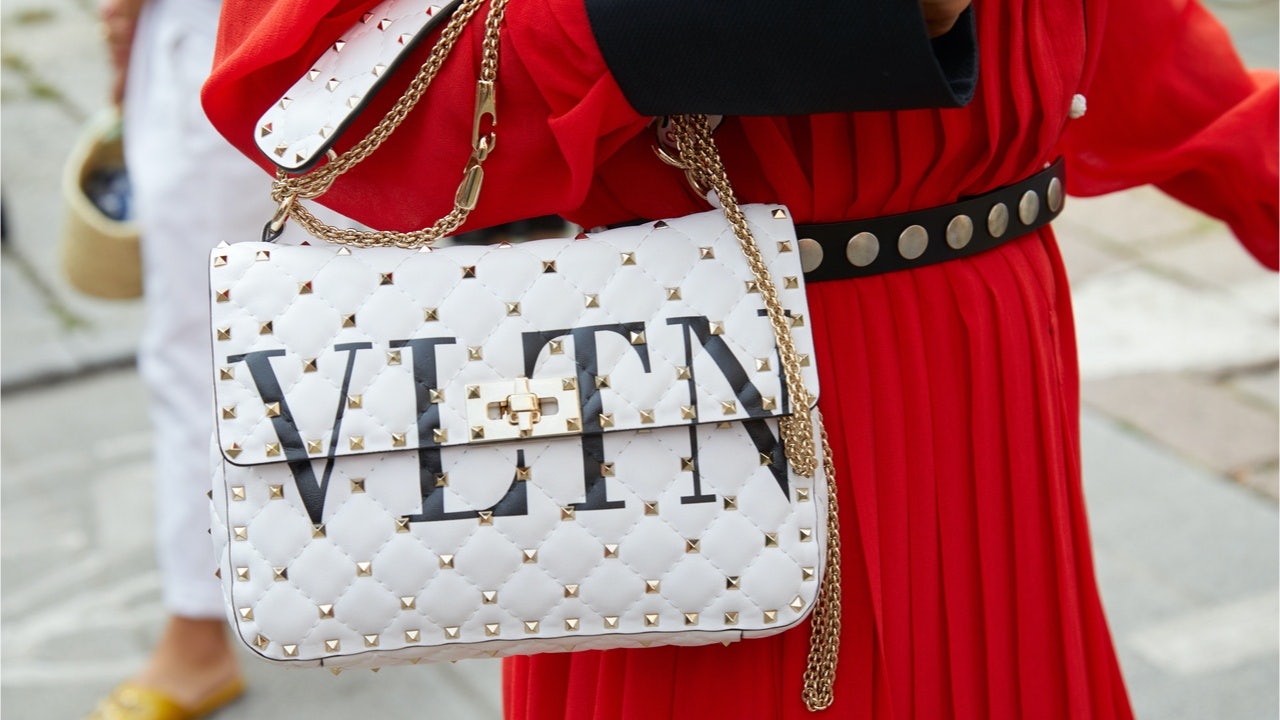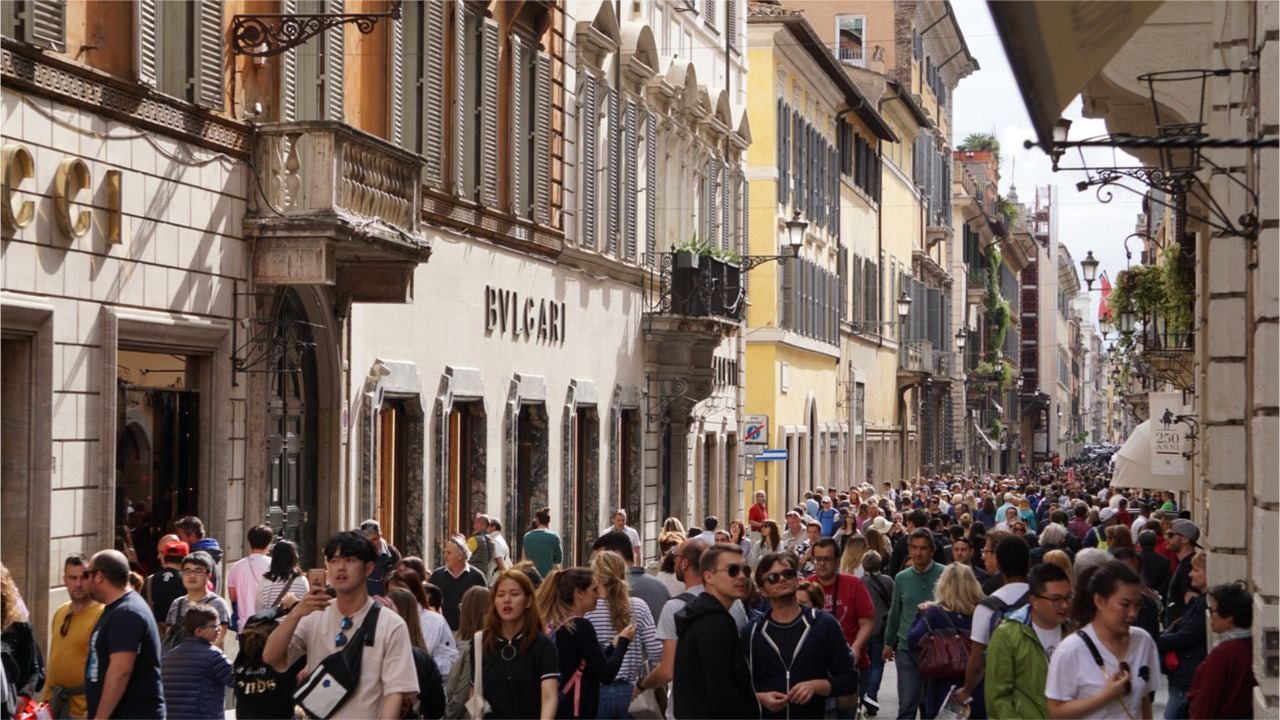Last March, Italy (a NATO and EU member and a G7 country) endorsed China’s “Belt and Road” plan, which represents a new level of success for China. As China's new engagement with the international community is seen as a serious threat to the current world order, some analysts argue that this partnership will help foster a Sino-EU cooperation. However, Italy’s new friendship with China “has angered Washington and alarmed some European Union allies, who fear it could see Beijing gain access to sensitive technologies and critical transport hubs.”
Meanwhile, the Italian business community has commended the initiative. Forbes reports that Italian companies have “inked deals with Chinese counterparts worth an initial 2.5 billion euros (2.8 billion).” According to Deputy Prime Minister Luigi Di Maio, these contracts had a feasible prospective value of 22 billion (20 billion euros).
Does this mean that China’s “Belt and Road” plan could be an opportunity for the Italian luxury sector? In short: yes! That’s because, henceforth, Italian brands can access a network of established and respected Chinese businesses that have been pre-vetted by the Chinese government. China will only present eligible companies who have already been deemed to be fair and trustworthy to foreign partners. This process will help avoid deceptive and unfair business practices while also encouraging legitimate business activities. Though the promotion of good business practices should be the ultimate target, there will be additional benefits that come from the Sino-Italian partnership. For example, China’s “Belt and Road” plan will help both sides secure future collaborations in trade and transport.
After falling back into a recession by the end of 2018, Italy stands as the modern EU poster child for economic and political uncertainty, and it desperately needs China’s investments, particularly for rebuilding its infrastructure. Unfortunately, the recent and deadly collapse of a 50-year-old bridge in Genoa is not an isolated incident. Nationwide, dilapidated roads, bridges, and buildings are putting the lives of millions at risk, and according to Nicola Beretta Covacivich, global head of infrastructure investments at Santander Asset Management in London, the government’s budget policies “won’t renew growth and instead will cause the budget’s additional spending on infrastructure to fall far short of what’s needed.” But why would China invest in Italy’s infrastructure?
Because China needs Italy, too. By financing Italy’s infrastructure, Beijing can secure faster access to Italy and the European market. By opening up the Italian market, China's retail, tourism, education, and innovation divisions will get a much-needed boost.
Just from Asian tourists alone, Italy made 3 million (3.7 million euros) during 2016, and in that same year, “29 percent of foreign tourist expenditure in Italy was supported by Chinese travelers.” In fact, according to Tourism Review estimates, “a total of almost two million Chinese tourists visited Italy in 2018, and the numbers are expected to increase.” That expenditure had a particular focus on the luxury sector, with Milan, the capital of Italian luxury retail, absorbing 39 percent of the money spent by Chinese travelers in the first quarter of 2017. Furthermore, Tourism Reviews says that Chinese tourists “represent the top-spending group, with expenses abroad reaching 262 billion, or 1500 euros per trip (300 euros per day).”
For future years, Italy has the opportunity to position itself as the preferred shopping destination for affluent Chinese shoppers. While global luxury destinations have become undesirable because of ongoing issues — the “Yellow Vests” riots in Paris, the trade war with the U.S., and Barcelona’s fiery street protests — Italy has come forward as a safe and alluring option. Not only that, but tourism is also boosting cultural exchanges, with cooperation among higher education institutions and global partners starting to blossom. This presents a true win-win situation that will boost a global talent exchange while also promoting innovation, invention, creativity, and entrepreneurship.
SMEs, start-ups, and young entrepreneurs, in particular, will find value in this opportunity. Being too small to support overseas expansion, these domestic brands will welcome the opportunity of having Chinese businesses come directly to them, and some specific advantages of such partnerships include acquiring technology from China, building greater name recognition, reducing costs associated with international growth, and lowering the dependence on the domestic market. And concurrently, Chinese businesses will be able to acquire more diverse luxury fabrics and high-end goods from Italy at a faster rate.
We expect further diplomatic pressure from Brussels and Washington, but that shouldn’t stop other EU members from following the Italian example. Greece has already expressed its appreciation for China’s “Belt and Road” initiative, and Hungary’s PM Viktor Orbán has announced that the plan is in line with Hungary’s interests. We may assume that despite a strong push from the EU and the U.S., China will find a strong foundation in Europe, while the luxury sector will win serious advantages from this opportunity.

